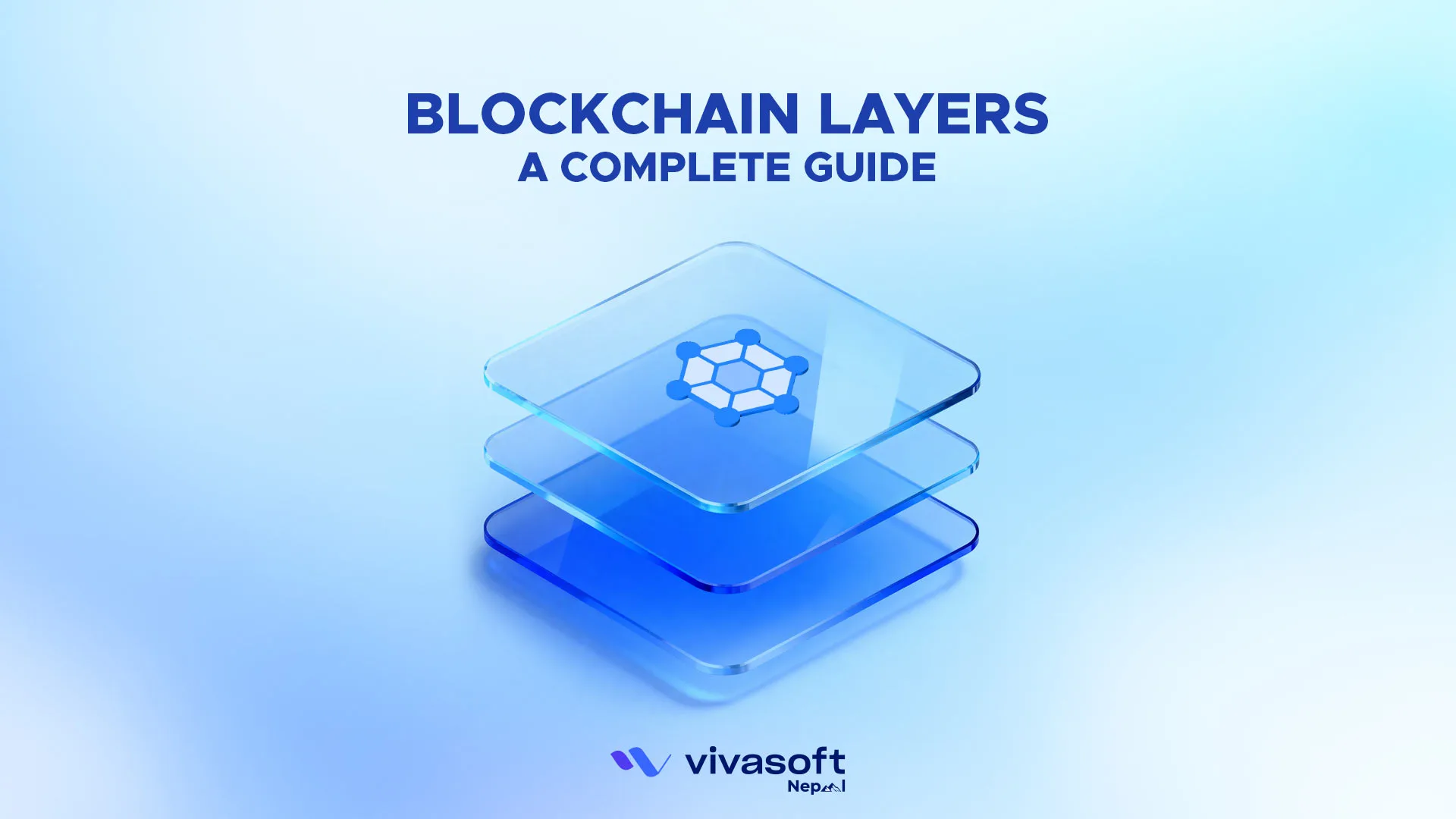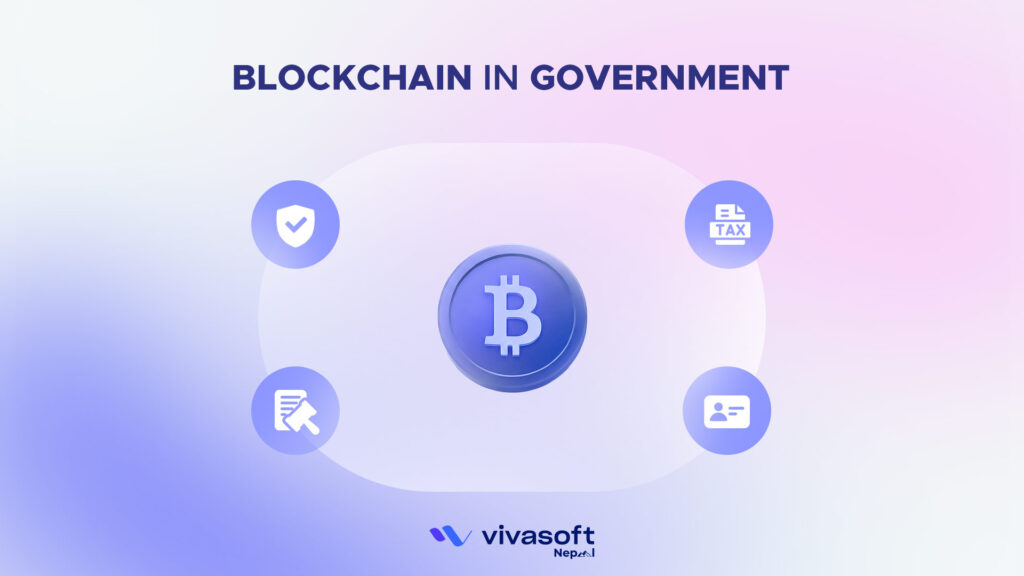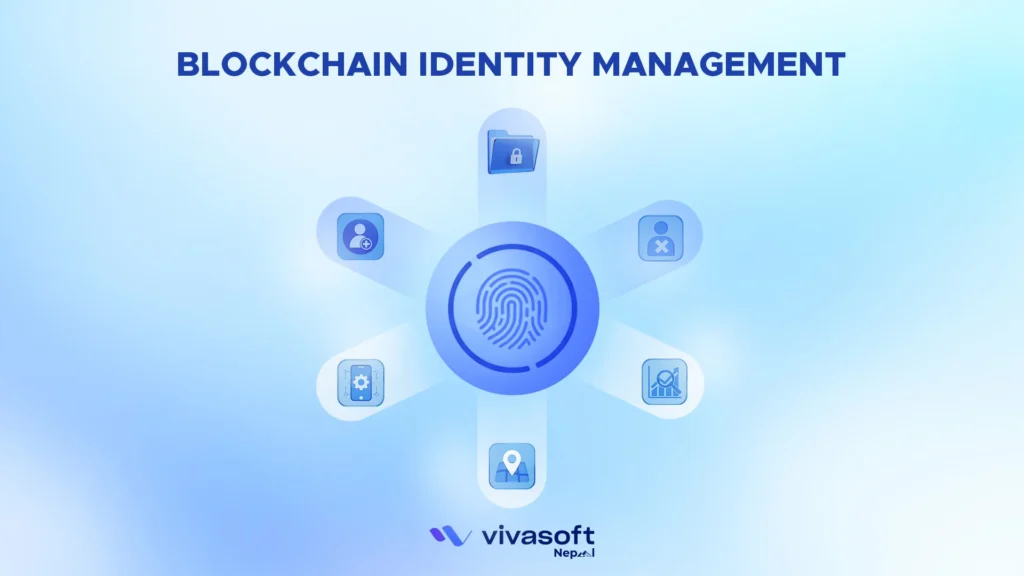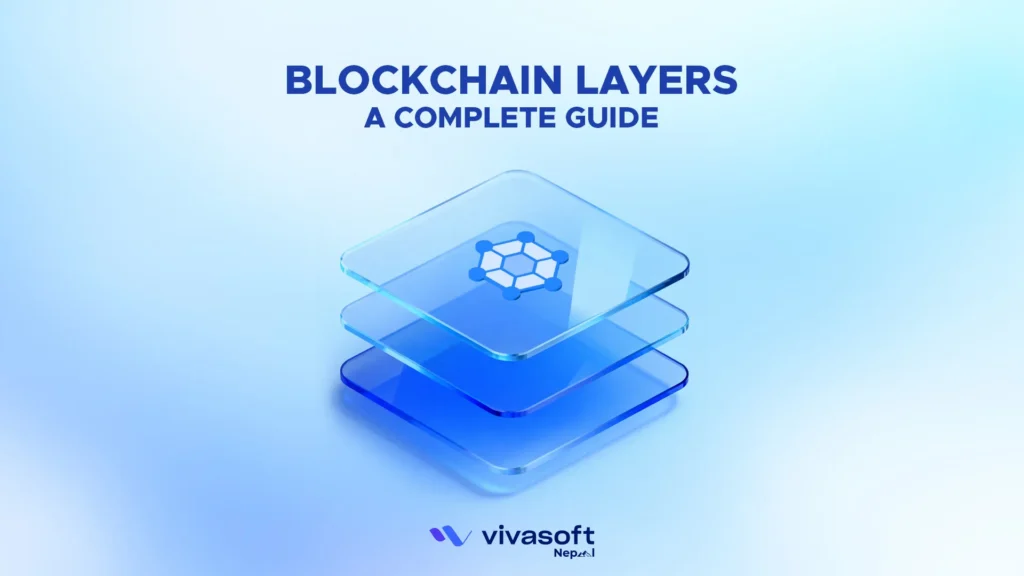Blockchain layers are structural frameworks that stack vertically and form functional distributed networks. Each layer handles specific operations, starting from managing physical hardware to user-facing applications. Developers use an understanding of these layers to optimize transaction speeds and reduce network costs.
The layered design allows businesses to customize application features and optimize performance. In this article, we are going to have a complete technical breakdown of blockchain layers to make informed decisions.
Different Layers of Blockchain Architecture
Blockchain architecture refers to the structure of a decentralized and peer-to-peer network. It defines how nodes are organized and how cryptographic protocols secure data. You will know the framework for how consensus mechanisms offer to validate the transaction.
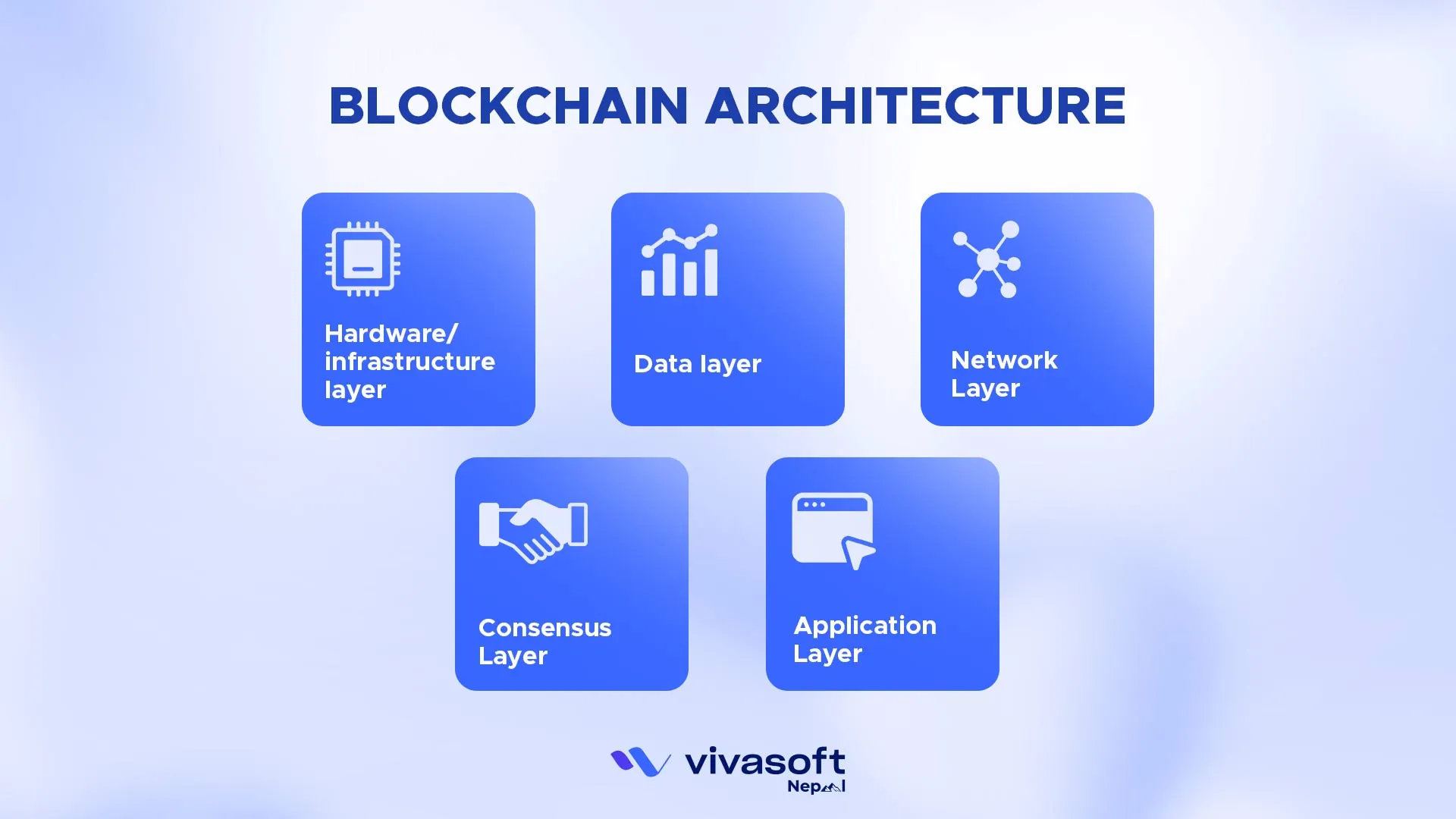
The goal is to create a transparent and tamper-proof network. This design is built to eliminate central authority, and transactions are completed through distributed validation.
The blockchain contains a cryptographic hash chain. The chain connects the blocks in a chronological order. Each block has transaction data and the hash value of the previous connected block. This way, data can be added in new blocks without any changes.
1. Hardware/Infrastructure Layer
This is the layer that powers the blockchain’s physical and computational foundation. It includes mining rigs, validator nodes, and network servers that operate across distributed data centers. In Proof-of-Work systems, miners use powerful computer hardware and validate the transaction. But there are validators in the PoS network instead of miners.
They basically confirm transactions and create new blocks. The infrastructure layer also integrates with decentralized storage frameworks. Filecoin, IPFS, and Arweave are examples of those networks.
Network Nodes
Nodes are the individual computers or devices on the blockchain network. These computers maintain synchronized copies of the distributed ledger. They do it through peer-to-peer protocols. For instance, each node verifies cryptographic signatures and consensus rules mainly to validate transactions.
Servers & Data Centers
These centralized or distributed facilities host nodes for managing the backend operations of the blockchain network. The infrastructure layer focuses on uptime, redundancy, and computational efficiency through GPU clusters and failover systems.
Network Connectivity Devices
For data transactions across all the nodes, the network requires network connectivity devices such as routers, switches, and fiber-optic cables that transmit data. It makes the peer-to-peer communication between nodes and reduces latency.
2. Data layer
This blockchain layer structures and stores blockchain information. It organizes transactions into blocks and links them through cryptographic hashes. A specialized digital signature is utilized here to secure every record.
This layer forms the immutable backbone of the blockchain. It ensures that the data is authentic and arranged in order. You will find that different blockchains use different data structures.
For example, Bitcoin uses a simple list of transactions. But Ethereum maintains a state trie. It tracks contract states and account balances.
Transaction blocks
Transaction blocks contain the verified records before validation. Each block records the exact date and time. It is the date when it was created. Additionally, each new block contains a link to the previous one.
Linked block structure
Blocks connect through cryptographic hashes. Gradually, they form a sequential chain. Each new block contains a reference list to the previous block, which helps maintain continuity. If any of these single hashes change or break, it invalidates all following blocks.
Cryptographic signatures
It is like the digital sign that proves a transaction is genuine. Also, it defines an authenticated transaction origin and maintains integrity. It means the transaction hasn’t been changed or tampered with after being signed. A specialized asymmetric encryption creates two different keys and encrypts and decrypts data.
3. Network Layer
The network layer maintains the communication framework in the blockchain architecture. It governs how the nodes will be added, interact, and exchange data across the decentralized network. And as it is built in a peer-to-peer topology, there is no need for central servers.
It allows every node to transmit freely and directly. When a node joins the network, it connects to a bootnode to find other active nodes. Once connected, data spreads through multiple paths. It keeps the network reliable and always available
Communication protocols
The protocols set how all the data will be exchanged, received, and shared throughout the blockchain network. It also specifies the message format and propagation rules.
Transaction broadcasting
Blockchain uses a decentralized peer-to-peer model that mainly helps to connect the nodes. It eliminates any central points or intermediaries. Due to that, each node requires computing power and storage to keep the network efficient.
Peer-to-peer network
When a user initiates a transaction, all the connected peers want to know it. After verifying the transaction signature, it waits for confirmation across the network. Once it’s validated, the transaction is sent to others.
4. Consensus Layer
The consensus layer defines the rules on how all the participants in the network agree on the blockchain’s current state. The set rules determine how nodes validate transactions and accept new blocks. There is no central authority; rather, a consensus mechanism. These are the specialized algorithms that coordinate network-wide decision-making.
Some of the popular models in this case include Proof-of-Work or Proof-of-Stake. There is even a block propagation mechanism that spreads newly verified information across the network, whereas the regular protocol audits help maintain security.
Validation protocols
Validation protocols set the exact procedures for confirming block authenticity. For instance, Proof-of-Work uses a hash function, which helps miners find a valid hash.
Validators/miners
Miners and validators execute the consensus logic. Miners use hash-based computations and repeatedly run the block’s data to meet specific requirements. On the contrary, validators are participants who help maintain the network. It runs the full node and takes part in consensus by voting on which blocks are valid.
Double-Spending Prevention
Consensus maintains a timestamp and prevents double-spending. Each transaction goes through time verification and is recorded on the blockchain. After validation, it is nearly impossible to duplicate or alter the data.
4. Application Layer
The layer offers blockchain functionality to end users. It manages smart contracts, decentralized applications. Also, it supports interfaces that connect blockchain logic with real-world use cases. It is the ultimate layer where blockchain transforms into functional products.
Smart contracts
Smart contracts are self-executing digital contracts stored on a blockchain. It holds predefined rules written in different languages. Once activated, they run automatically and automate the transactions required in a blockchain network. After that, these transactions cannot be undone.
Decentralized Apps
dApps run on top of smart contracts. They use blockchain logic for back-end execution. Then they connect with users through web or mobile front ends. For example, DEXs, NFT platforms, and DAOs.
User Interface/API
The user interface or API in the blockchain application layer is what makes the interaction of users with blockchain systems possible. APIs use JSON-RPC or Web3 libraries to send transactions and query contract data. Front-end frameworks connect these APIs to wallets and offer real-time updates.
What Is a Blockchain Layer?
The blockchain layer is the structural component of the blockchain network that divides it into specific parts. Each layer performs specific roles. Such as data storage, networking, consensus, or execution.
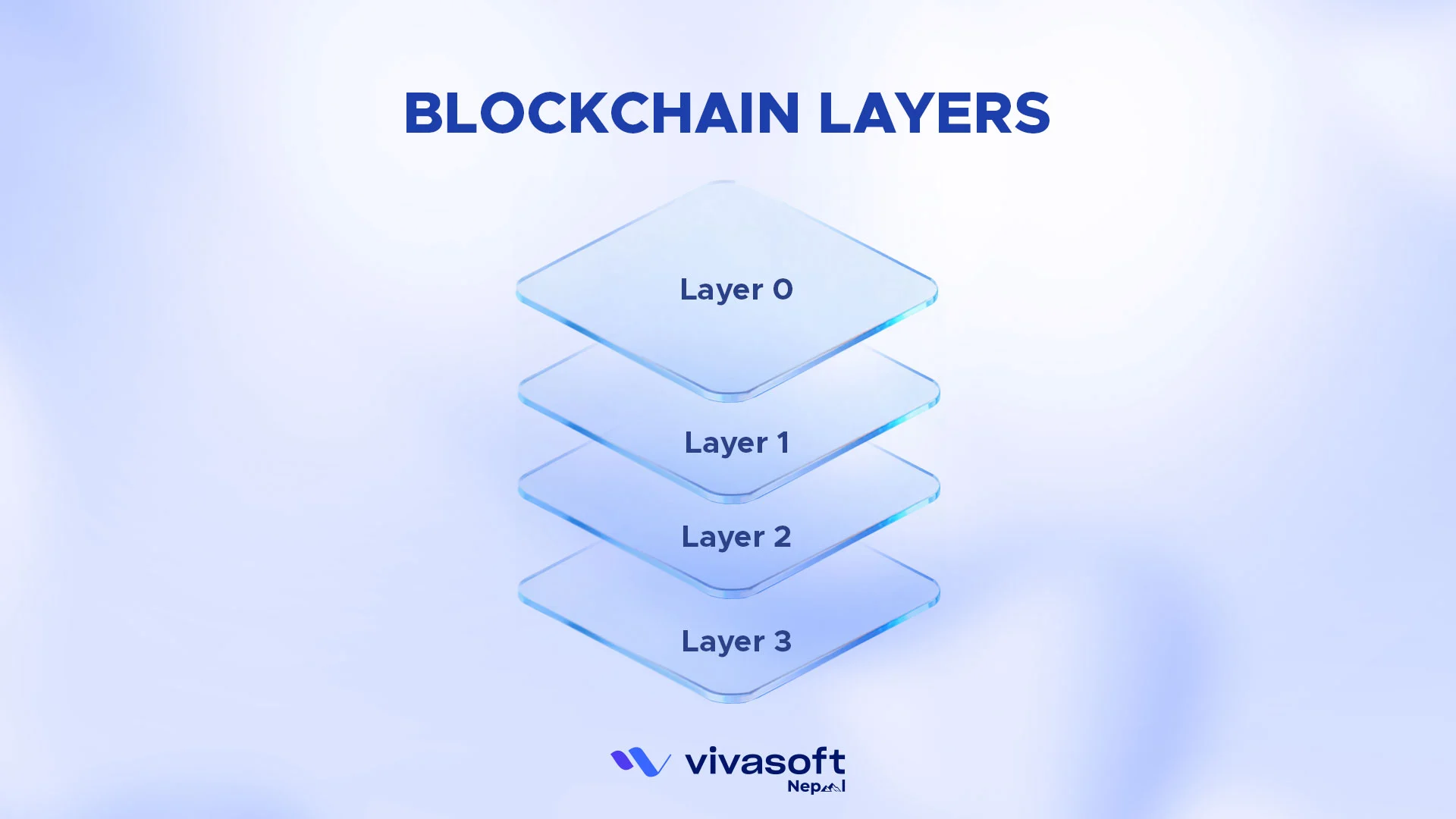
These layers together form a complete ledger, which improves scalability, security, and performance. Through this, it improves multiple blockchains’ cooperation and functionality across networks.
Layer 0
Layer 0 is the backbone or foundation of blockchain technology. It offers the essential infrastructure that connects multiple blockchains into a connected system. That includes hardware, network framework, and interoperability protocols that make it possible for cross-chain interoperability across the different chains.
This underlying infrastructure for blockchain offers scalability where validators coordinate and exchange the data. Some of the common protocols use Layer 0 to link separate networks. Through consensus synchronization, it ensures that all connected blockchains agree on the same rules and are ready for transactions.
Layer 1
Layer 1 sits above Layer 0 and serves as the main blockchain protocol. It is the core blockchain protocol where all on-chain transactions and consensus mechanisms happen. Often, it is referred to as the implementation layer, as some of the important operational tasks are defined here. Through the best utilization of cryptographic hashing and digital signatures, this layer ensures network security.
The layer mainly focuses on decentralization and immutability. It also executes smart contracts, where transaction data is stored permanently. Some of the notable examples of Layer 1 include Bitcoin, Ethereum, Solana, Cardano, and Ripple. Despite its advancement, the layer runs through various scalability and efficiency limits. For example, Bitcoin processes only 7 transactions per second. On the other hand, Ethereum averages 15–30 TPS.
Layer 2
Layer 2 builds just on top of Layer 1 to tackle common transaction cost challenges. It processes transactions outside the main blockchain or on linked secondary chains. By doing this, it reduces the amount of work the main blockchain has to handle and makes transactions faster and cheaper.
This layer removes all the challenges that users face in Layer 1 and works with third-party integrations. Various types of frameworks are utilized here to handle data compression and off-chain computation differently. This way, users get scalable blockchain performance across diverse applications.
Layer 3
Layer 3 is also known as the application layer. The layer hosts the decentralized applications and protocols that make cross-chain communication easier. It connects users and multiple chains. Such as. dApps, APIs, and interoperability frameworks.
The layer is also divided into two parts. One is the application layer, which manages interfaces and APIs. Another one is the execution layer, which runs on-chain logic and processes commands. It links separate blockchains through cross-chain protocols and offers real interoperability.
What Is the Difference Between Layer 1, Layer 2, and Layer 3?
There are some notable differences in infrastructure and workflows between these three layers. Have this quick comparison table:
| Aspect | Layer 1 | Layer 2 | Layer 3 |
|---|---|---|---|
| Definition | The base blockchain protocol that finalizes transactions directly on-chain. | A secondary framework built on Layer 1 to process transactions off-chain or on sidechains. | The application layer that hosts dApps, smart contract interfaces, and cross-chain protocols |
| Purpose | Secure decentralized transaction validation and consensus. | To reduce network congestion and lower transaction costs | Connect blockchains and run complex applications. |
| Key Feature | Handles consensus, data storage, and block validation. | Processes transactions off-chain as with maintaining Layer 1 security. | Hosts smart contracts and user-facing decentralized applications. |
| Scalability | Limited and processes a few transactions per second | Highly scalable and offloads computation from the main chain to increase throughput. | Depends on Layer 2 and supports large-scale interactivity. |
| Interoperability | Basic interoperability within its own network. | Connects with Layer 1 and other L2s to enhance performance. | High and offers messaging, swaps, and dApp communication. |
| Challenges | Slow transaction speed, high gas fees, and energy-intensive operations. | Security trade-offs, dependence on Layer 1 stability, and complex implementation. | Compatibility between dApps, cross-chain communication errors |
| Example | Bitcoin, Ethereum, Solana, Cardano. | Polygon, Arbitrum, Optimism, Lightning Network. | Uniswap, OpenSea, Axie Infinity. |
Wrapping Up
Blockchain layers are working together and likely powering the decentralized applications running in different industries. Businesses can solve their different workflow issues by utilizing the distinct functions of each layer. They make smarter architectural decisions instead of guessing which technology fits their needs.
If you’re new to blockchain and not sure where to start, learning the right programming languages for blockchain development can make building efficient, scalable solutions much easier and our experts can help you create systems that fit your business needs.
FAQs
Which blockchain layer affects scalability the most?
The consensus and network layers highly impact in this instance. For example, Layer 1 involves modifying the core blockchain protocol. It increases the block size. Or as needed, it changes the consensus mechanism and impacts the whole capacity.
How do smart contracts fit into blockchain layers?
Smart contracts run within the application layer and are deployed directly on Layer 1 blockchains. They interact with underlying layers to execute logic and verify data.
Can blockchain layers improve interoperability between networks?
Yes, blockchain allows different networks to communicate and exchange data and improve interoperability. Along with improving communication, it fosters token transfer and makes the network more efficient.
How do blockchain layers interact with each other?
Each layer is built on top of another. It uses specialized protocols such as cross-chain communication to send or receive messages or data as needed.

